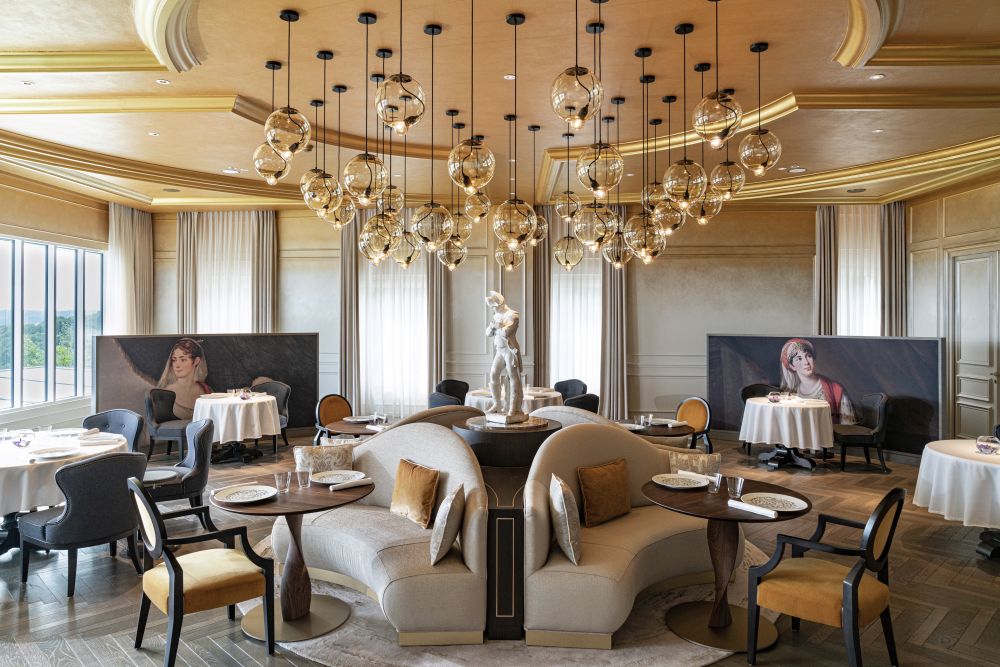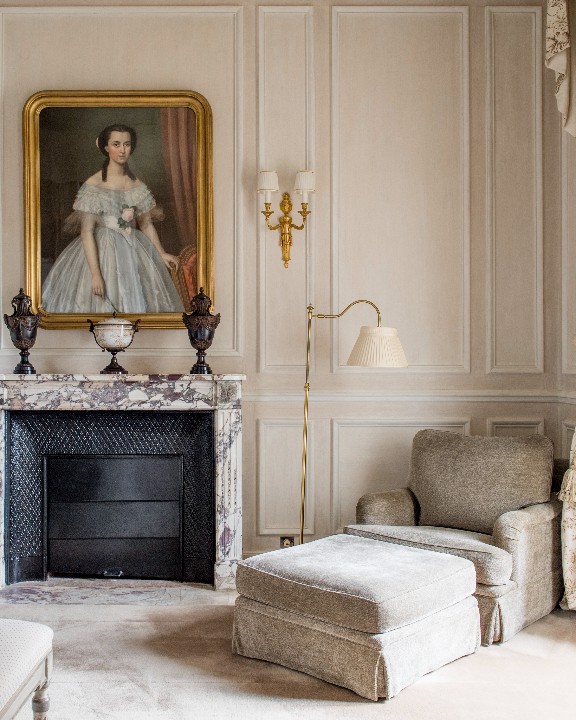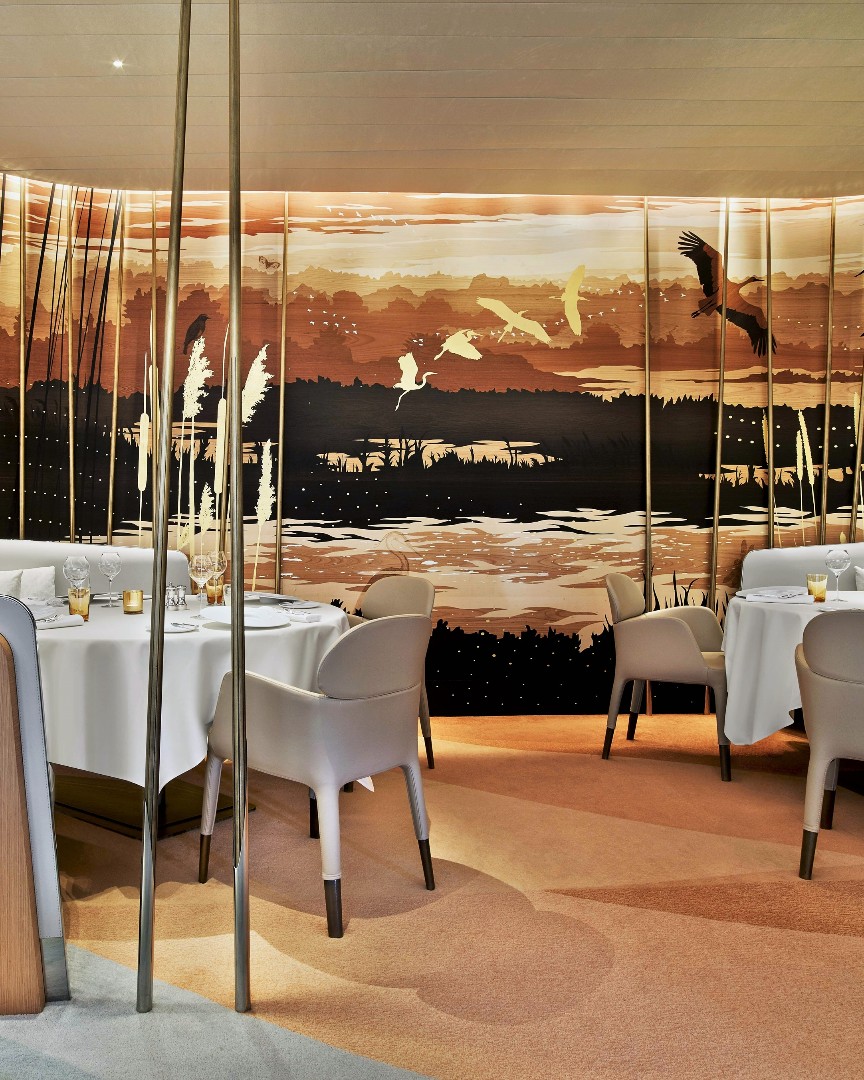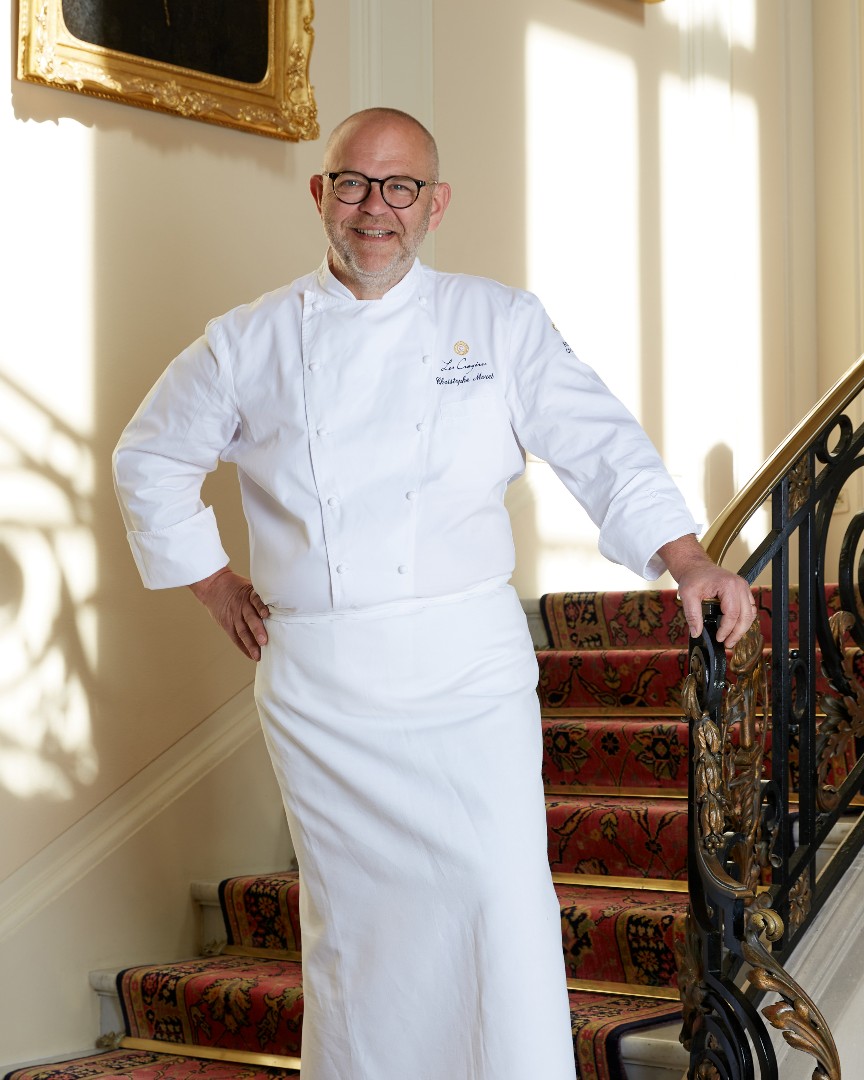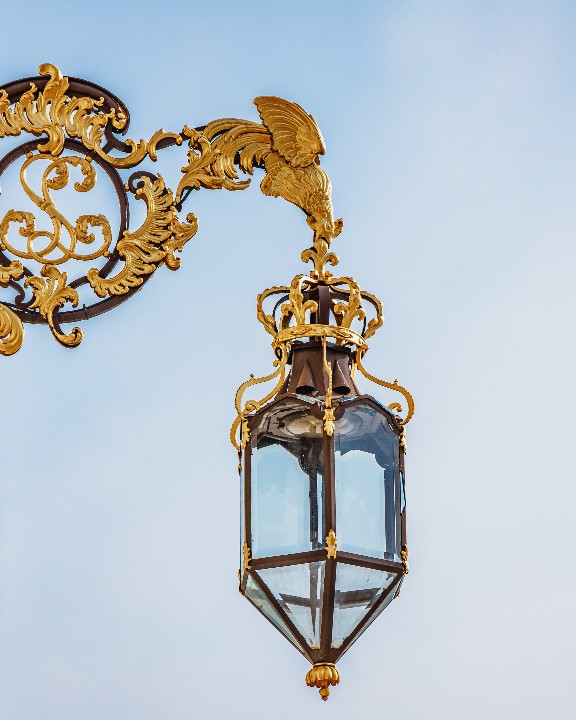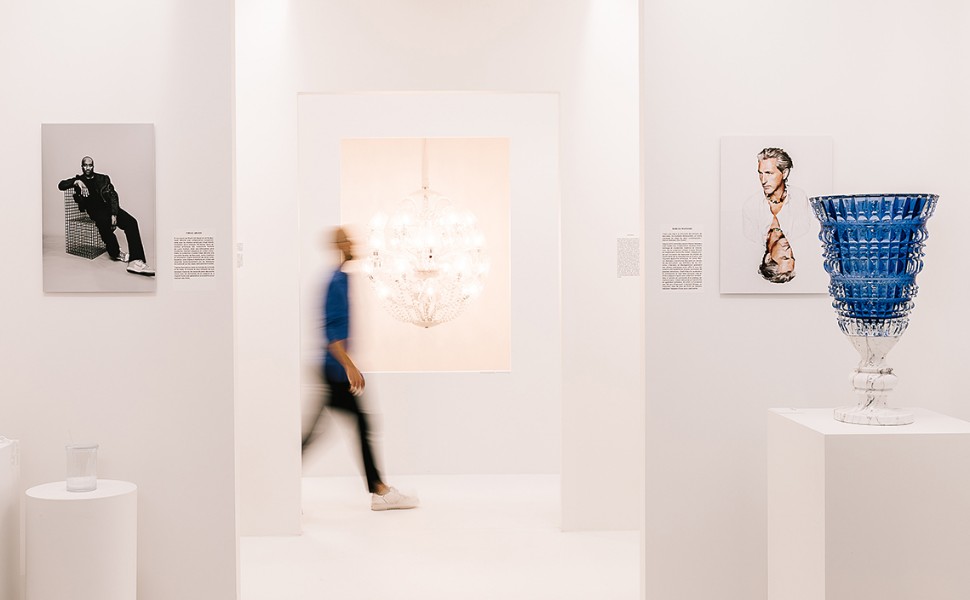
Daum, Saint-Louis, Baccarat, Lalique… Their names inspire the dreams of artists, collectors, and fans of perfect gestures. From Lorraine to the northern Vosges, a world of magic and splendor unfurls, with sparkling treasures in which ancestral expertise partners with modernity.
The flame of passion was lit in the former ducal capital, cradle of the Daum crystal glassworks. Founded in 1878 by Jean Daum, then taken over by his sons, Antonin and Auguste, this family enterprise reigned for many years over France's decorative arts thanks, in particular, to its unique signature: crystal paste. This mastery gave rise to sublime creations in vibrant colors adorned with floral, animal, or abstract motifs, conducive to dreams and escapism. For an awesome experience, head to Place Stanislas hosting a magnificent showcase of the latest collections: vases, sculptures, lighting, tables, and decorative items, all of extreme delicacy. This poetic universe is also shared in the basement of Nancy's Fine Arts Museum with some 900 pieces on display, emblematic of the Art Nouveau and Art Deco styles, including those by artist Salvador Dalí. The trail then leads to Baccarat, land of the "cristallerie" bearing its name since 1764. A symbol of refinement, it cast its glow from its very first exhibition in 1855. Its creations captivated crowned heads and royal courts worldwide, illuminating the most lavish events. Each piece is an ode to light, captured in crystal and sublimated by the talent of craftsmen, but also artists and designers such as Philippe Starck, Virgil Abloh, and Marcel Wanders, who add their signatures, raising the firm to the rank of luxury. From home decor to tableware, their designs adorn the finest addresses from Paris to New York, Moscow, or Tokyo. The Baccarat Museum displays 600 pieces, including an impressive collection of perfume bottles signed George Stam.
Another port-of-call on this journey, the town of Wingen-sur-Moder plays host to the Manufacture Lalique. Since it opened in 1922, it has bewitched fans with its creations, firstly in glass, then crystal, of rare and timeless elegance. Inspired by Art Nouveau and Art Deco, its visionary founder, René Lalique, imbued his pieces with incomparable finesse and lyricism. His heirs now perpetuate his tale with passion, revisiting with true insight Lalique's iconic motifs such as swallows and women with wings, and working with renowned designers such as Zaha Hadid, Damien Hirst, and James Turrell. The exceptional results push back the limits of creativity and consecrate French expertise. An exquisite hymn to excellence and the French art of living, to be admired at the Lalique Museum, not far from the crystal works.
The high point of this crystalline odyssey is Saint-Louis-lès-Bitche, the beating heart of the Saint-Louis "cristallerie", the oldest in Europe. The first flames were lit in the furnaces in 1586, in the forest of Münzthal. Awarded the "Royal Glassworks" title in 1767, Saint-Louis has traveled down the centuries superbly, blending tradition and innovation, and working with illustrious artists such as Jean Sala, Michel Colle, Paul Nicolas, Maurice Dufrène, and Jean Luce. Its refined dinner services, elegant vases, and sumptuous chandeliers now embellish the most prestigious residences. Each creation can thank peerless craftsmen, recognized as "Meilleurs Ouvriers de France". Guardians of an age-old art passed on from one generation to the next, these magicians of light make crystal sublime with unparalleled virtuosity. In the midst of the Saint-Louis crystal glassworks, the "Grande Place" Museum presents a unique collection of 2,000 pieces tracing its history and expertise. Real immersion in craftsmanship, in which the curious can watch ancestral techniques that built Saint-Louis' renown directly.
The history of crystal began in England in the 17th century before flourishing 100 years later in France, especially in Lorraine, whose natural resources allowed for its development. In the 19th century, the rising popularity of tableware contributed to the renown of crystal glassworks in the Grand Est, which successfully adapted to the era's styles and artistic trends. Today, these manufacturers nurture this precious heritage with boldness to create works of art that sparkle all over the world.
To contact the Agence Régionale du Tourisme Grand Est, click on the bell


